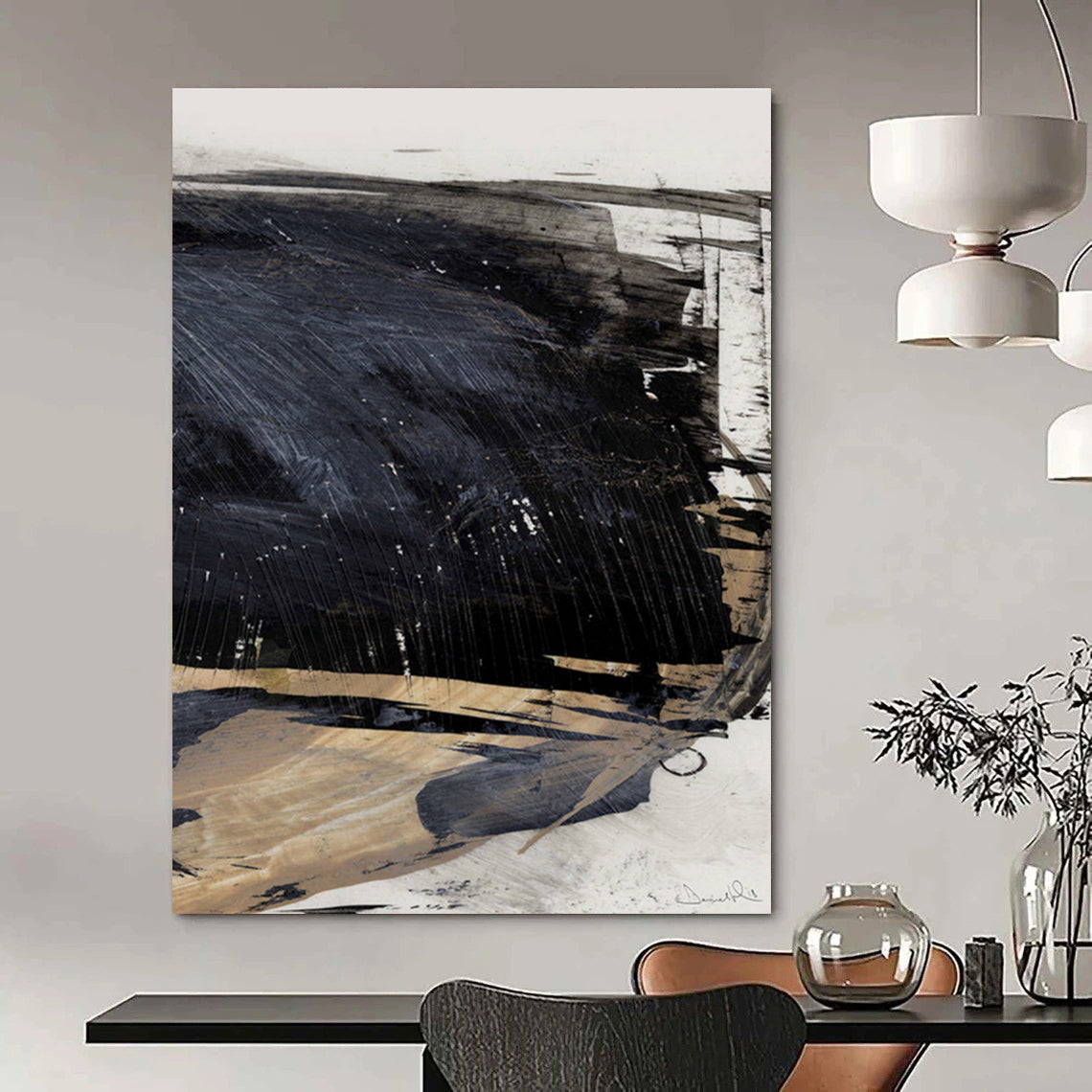Art speaks to us across time and culture, yet the way we understand and interpret art can vary greatly. Learning to look at art deeply is a skill—known as visual literacy—that allows you to unlock the meanings, emotions, and intentions behind artworks, even when those meanings are not immediately obvious. This article draws inspiration from How to Look at Art and Understand What You See, guiding you through practical approaches to engaging with visual art more confidently and thoughtfully.

The Two Main Approaches to Looking at Art
There are two broadly useful ways to approach viewing artworks: the form-first approach and the intuitive approach.
Form-First Approach: Structured Visual Analysis
The form-first approach focuses on systematically analyzing the visual elements and composition of an artwork. This method is grounded in formalism, a tradition spearheaded by early 20th-century art critics like Roger Fry and Clive Bell, who transformed classical compositional analysis into the modern language of formal analysis.
When using this approach, consider the following steps:
-
Identify: Examine the basic elements of art such as line, form, color, texture, and space. How are these elements used by the artist?
-
Describe: Look at how these elements combine to form the composition. How do shapes relate to one another? Is there balance, symmetry, or movement?
-
Connect: Consider the historical context, the artist's intention, or known information about the artwork’s subject and time period.
-
Interpret: Reflect on what the artwork might express or communicate. How does it make you feel?
For example, a famous Ukiyo-e print by Andō Hiroshige features expressive rain depicted through sharp diagonal lines and a moody blue palette. The composition uses triangular shapes and a sense of movement that balances the scene visually. Recognizing these visual details helps connect us to the cultural and historical context of Edo period Japan, enriching our understanding far beyond the image’s surface.

Intuitive Approach: Personal and Contextual Reflection
The intuitive approach honors your immediate feelings and personal interpretations of an artwork. You begin by reacting naturally and emotionally to what you see, then question these reactions by looking more closely and allowing new observations to emerge.
The process in this approach might look like this:
-
Observe: What is your first impression or emotional response?
-
Question: Why did you react that way? What visual cues or memories triggered that response?
-
Contextualize: Explore details you might have missed initially. How do they support or challenge your first impression?
-
Compare: Reconsider your understanding in the light of new details and perspectives.
For instance, in a painting depicting a pair of figures walking arm-in-arm, first impressions might suggest warmth and familial closeness. But closer inspection and contextual details may reveal subtle distance and distraction between them, complicating that initial story. This reflective process opens up richer, more nuanced interpretations grounded in both subjective experience and evidence.

Why Both Methods Matter
Neither of these approaches is “correct” or “wrong.” They complement each other. The form-first approach offers a structured foundation for approaching unfamiliar art and builds confidence through clear analysis. The intuitive approach invites you to trust your instincts, emotions, and life experiences, enriching your personal connection to art.
When combined, these strategies empower deeper visual literacy — the ability not only to see but to understand and interpret visual material actively and thoughtfully.

Enhancing Your Visual Literacy
Visual literacy goes beyond looking; it involves skills that:
-
Help you decode images by understanding elements like line, color, and form
-
Link visual styles and symbols to cultural and historical contexts
-
Encourage questioning assumptions and interpretations
-
Enable you to articulate your responses with confidence
As you practice these skills, try visiting museums, galleries, or browsing collections online such as the Wofford College Fine Art Collection, where you can apply your learning step-by-step.

Relevant Image Sources
-
Ukiyo-e rain print by Andō Hiroshige as an example of formal elements: color and line defining the rainy scene.
-
A contemplative figure walking in early summer, illustrating intuitive observation and evolving interpretation.
For detailed visual examples, see JSTOR Daily article.
Keywords and Anchor Links
Frequently Asked Questions (FAQ)
Q1: What is visual literacy and why is it important?
Visual literacy is the ability to interpret and make meaning from images and visual information. It’s crucial because so much communication today happens visually, and understanding art deeply enhances cultural awareness and critical thinking.
Q2: Can anyone learn to analyze art formally?
Yes! The form-first approach breaks down art into identifiable components like line and color, making it accessible to beginners and providing a clear path to build confidence.
Q3: How do I balance personal reaction and formal analysis?
Use both approaches complementarily: start with your feelings, then use formal analysis to explore and support or question those feelings, leading to richer interpretations.
Q4: What if I don’t have access to museums?
Explore digital collections online, watch art documentaries, or use platforms such as JSTOR Daily that provide images and context, allowing you to practice visual literacy virtually.
Q5: Is there a right or wrong interpretation of art?
No. Art interpretation is inherently subjective and influenced by personal experience and context. The goal is to support your interpretation with careful observation and knowledge.

